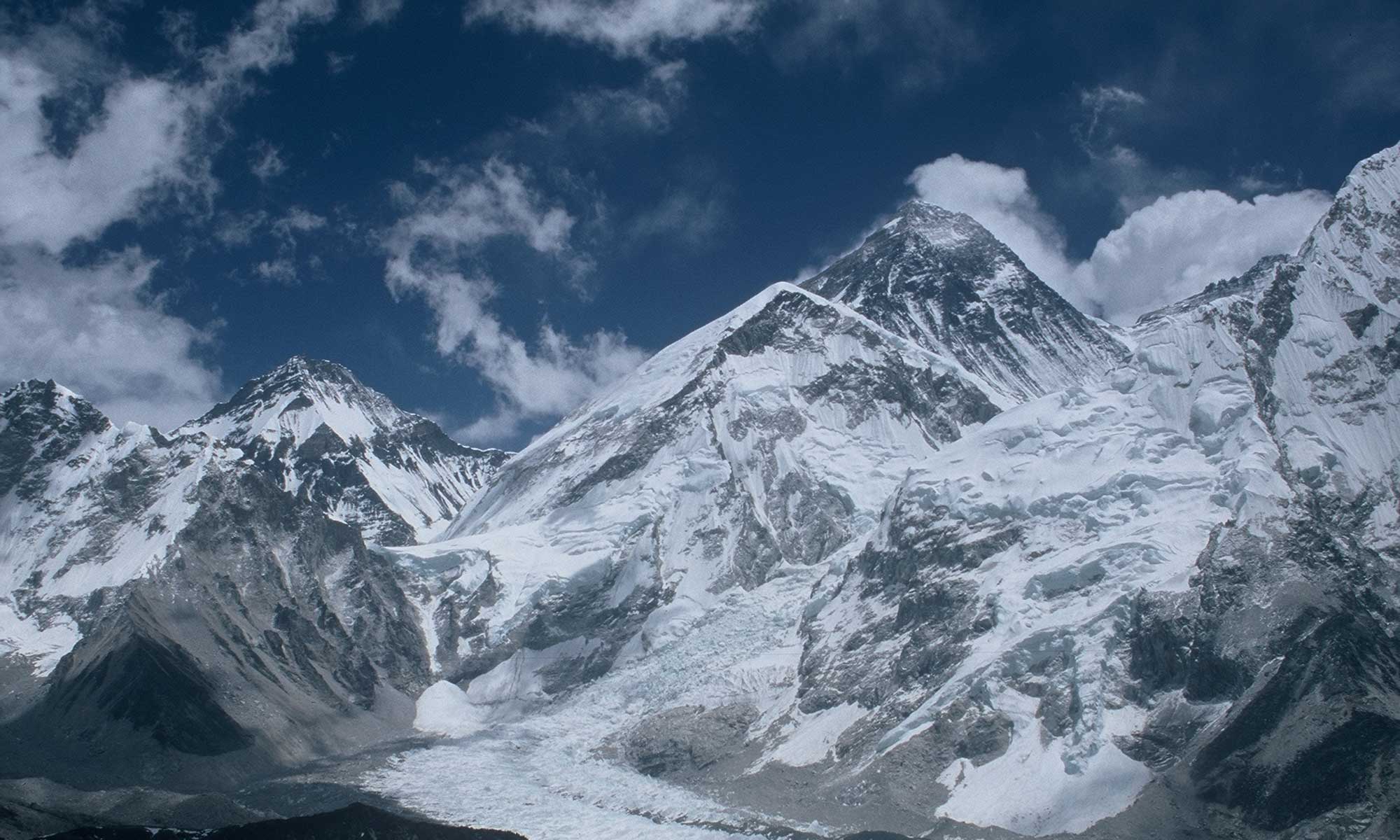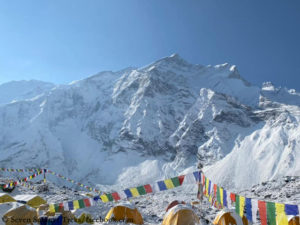The first summit day of the spring season on an eight-thousander in Nepal was a very successful one. By his count, 67 climbers from several teams had reached the 8,091-meter summit of Annapurna I in the west of the country today, Chhang Dawa Sherpa of the Nepali expedition operator Seven Summit Treks (SST) let it be known on Instagram. Others reported more than 40 summit successes. Either way, it would be by far the most successful summit day ever on this mountain, which is the most dangerous of all eight-thousanders in terms of fatality rate.
Some firsts
SST claimed to have provided the largest group to reach the highest point, with 19 successful climbers. Mingma Gyalje Sherpa, head and expedition leader of the operator Imagine Nepal, reported 15 team members at the summit, including himself. It is still unclear how many of the successful climbers did without bottled oxygen. It is likely to be only a few. Some firsts were reported, including the first Nepalese women and the first climbers from Pakistan on Annapurna I.
Heli-doping
Most of today`s successful climbers probably owe the fact that the summit attempt did not have to be aborted to the “heli-doping” of the previous day. On Thursday, the push had initially been stopped because there was a lack of fixed ropes for the upper, icy part of the route. Then 800 meters of rope, bottled oxygen, food and gas had been flown by helicopter to Camp 4 at 7,300 meters and dropped off on the long line – a precarious premiere on an eight-thousander summit attempt. The action provides a bland aftertaste to today’s summit successes.


Maybe instead of criticizing the safety measure of bringing in more supplies due to unexpected terrain hazards on the summit pitch; there could be a celebration of no lives lost? Is the ‘pure’ approach worth having several climbers who are parents/children/siblings die, or should the summit focus be placed on safety and preventing deaths, even if needing to utilize creative last minute safety interventions?